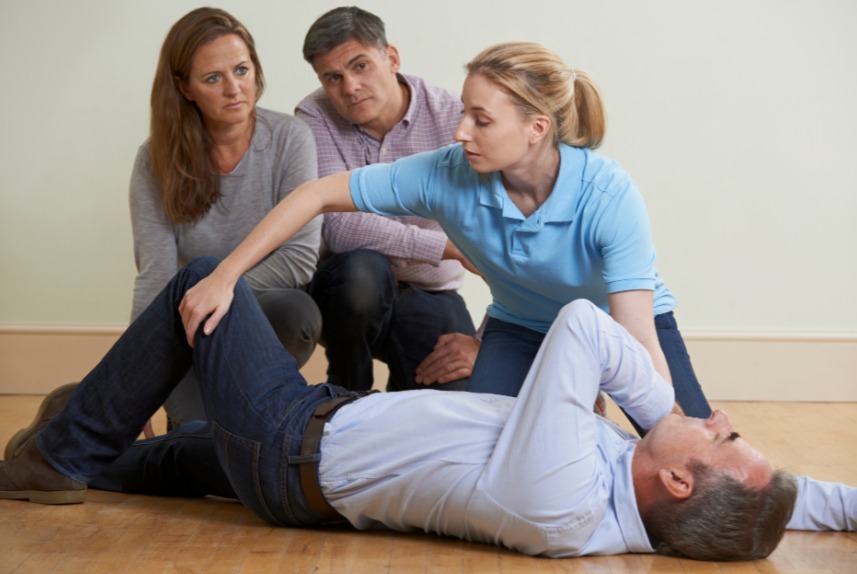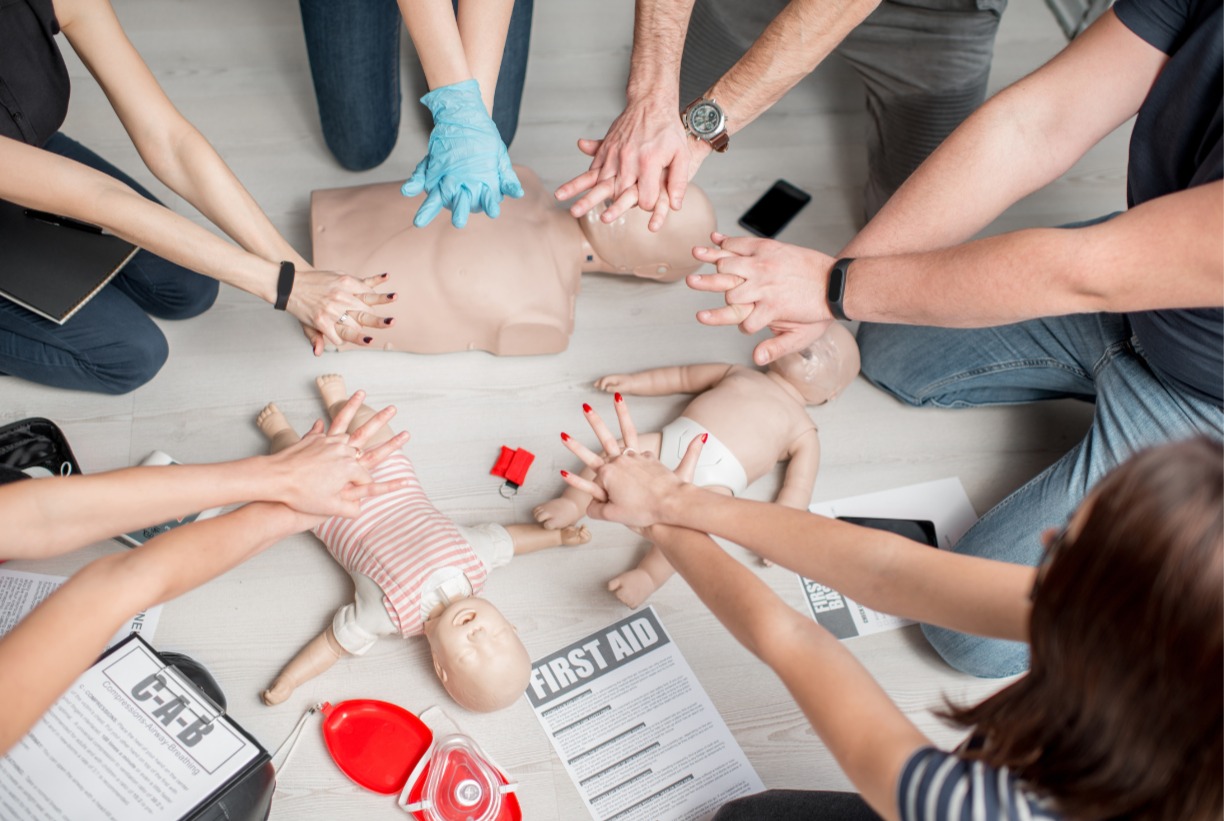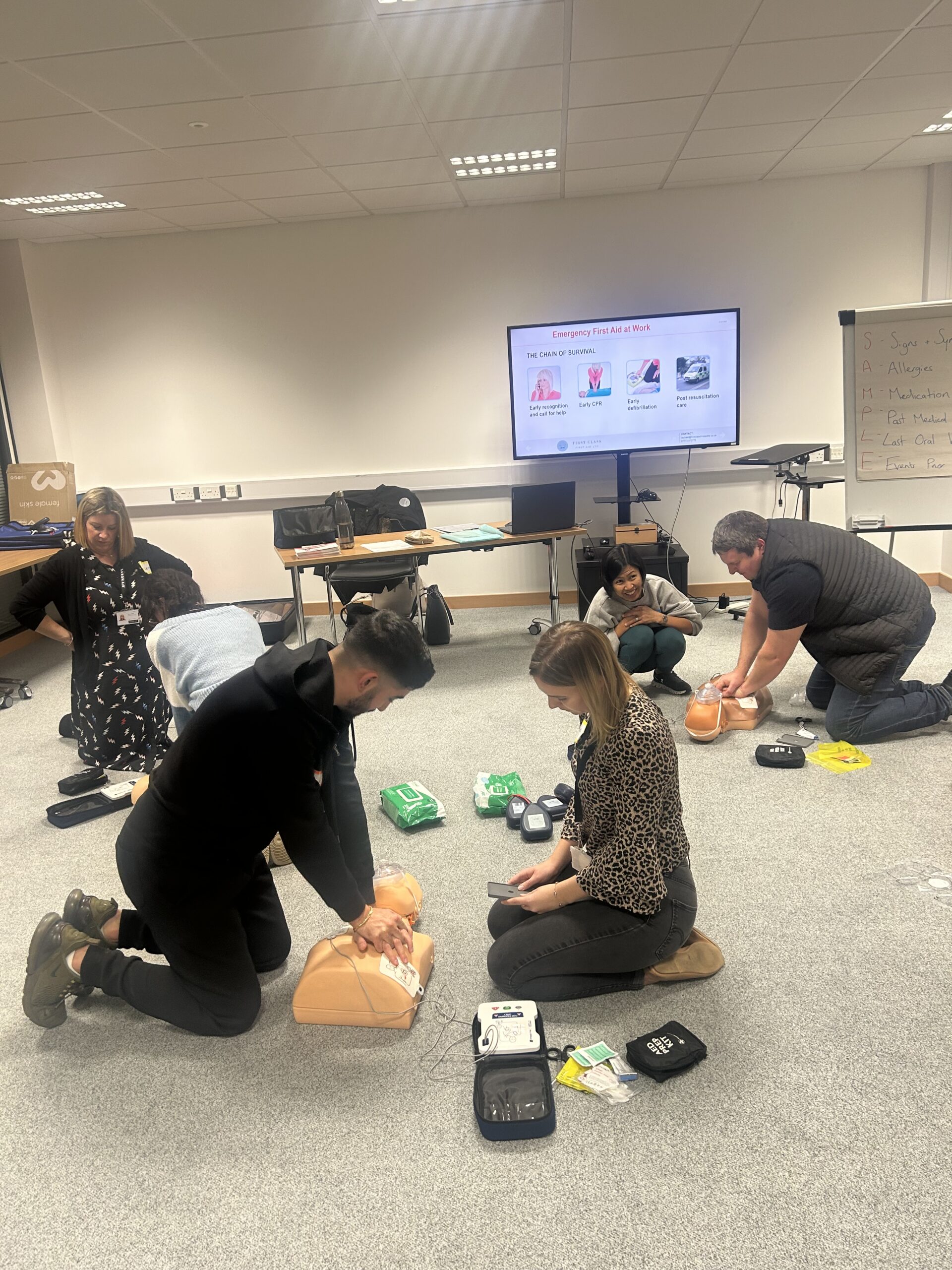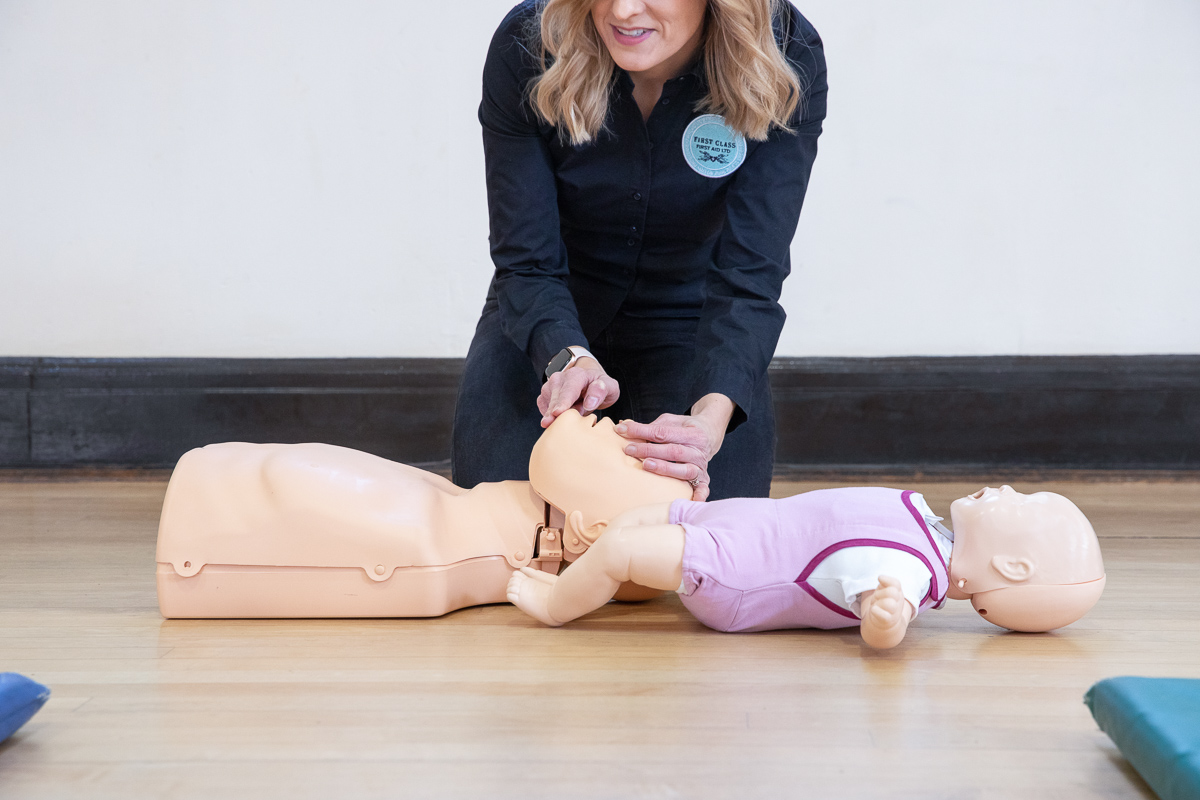Women that suffer a cardiac arrest are less likely to survive than men. Research published in the European Heart Journal suggests that women face lower survival rates compared to men following cardiac arrest as they are less likely to receive bystander CPR (Cardiopulmonary Resuscitation). The research, led by cardiologist Dr Hanno Tan at the University of Amsterdam, found that 68% of women are likely to receive bystander CPR, compared to 73% of men.
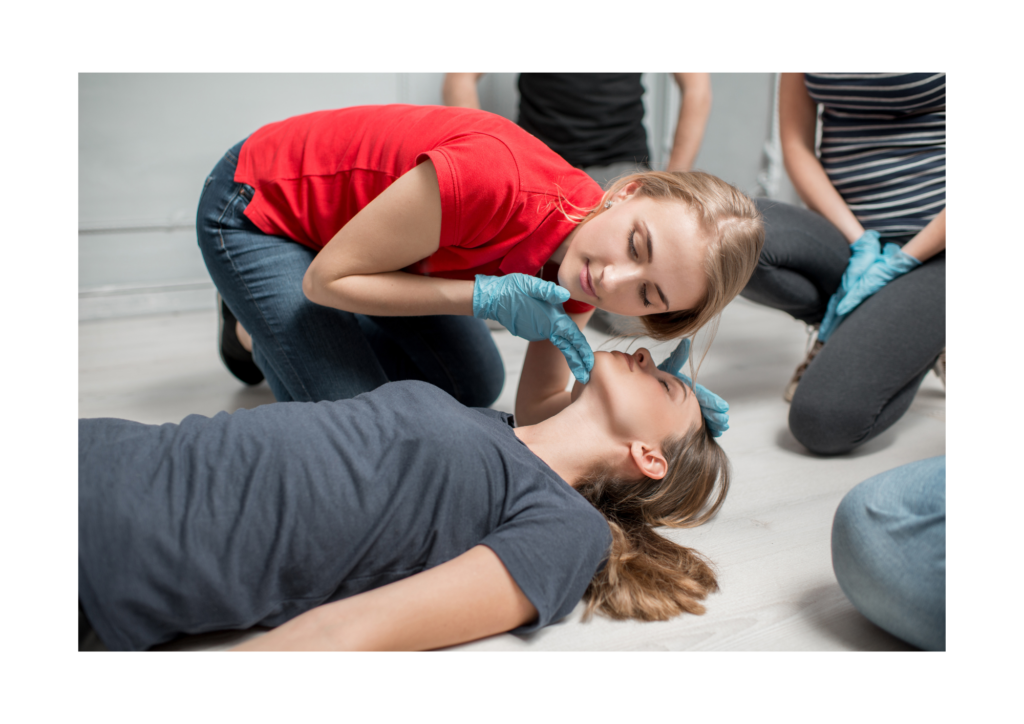
Several factors may contribute to the gender gap in survival rates following cardiac arrest:
1. Delayed Recognition: Women may present with different symptoms of cardiac arrest compared to men, leading to delayed recognition and treatment. Symptoms in women leading up to a cardiac arrest can look different to those experienced by men. Women are more likely to experience fatigue, fainting, vomiting and neck or jaw pain, whereas men are more likely to report chest pain. This emphasises the importance of checking for normal breathing in any collapsed casualty, regardless of prior symptoms. If the casualty is not breathing, we need to start CPR and call 999 immediately.
2. Fear of Harm: Research suggests that bystanders are less likely to initiate cardiopulmonary resuscitation (CPR) in women experiencing cardiac arrest, due to an increased fear of causing harm. As a first aider, we must remember that any casualty that is not breathing needs to receive immediate CPR. Our actions and the force used need to be the same for all casualties. We must push down hard in the centre of the chest on all casualties, male or female. The same depth of compression needs to be achieved (5-6 cm’s or a third of the depth of the chest) for both sexes.
3. Fear of Causing Embarrassment: Women may also experience delays in receiving interventions such as defibrillation, which is crucial for restoring normal heart rhythm during cardiac arrest. It is important to bare the chest to ensure the AED pads are fitted in the correct position, which is displayed on the pads themselves. To do this we should cut through all clothing including underwear. Bystanders may be fearful of exposing a woman’s chest, but in a lifesaving situation, this must be disregarded. Once the pads are in place, we can lay a blanket over the casualty to preserve dignity.
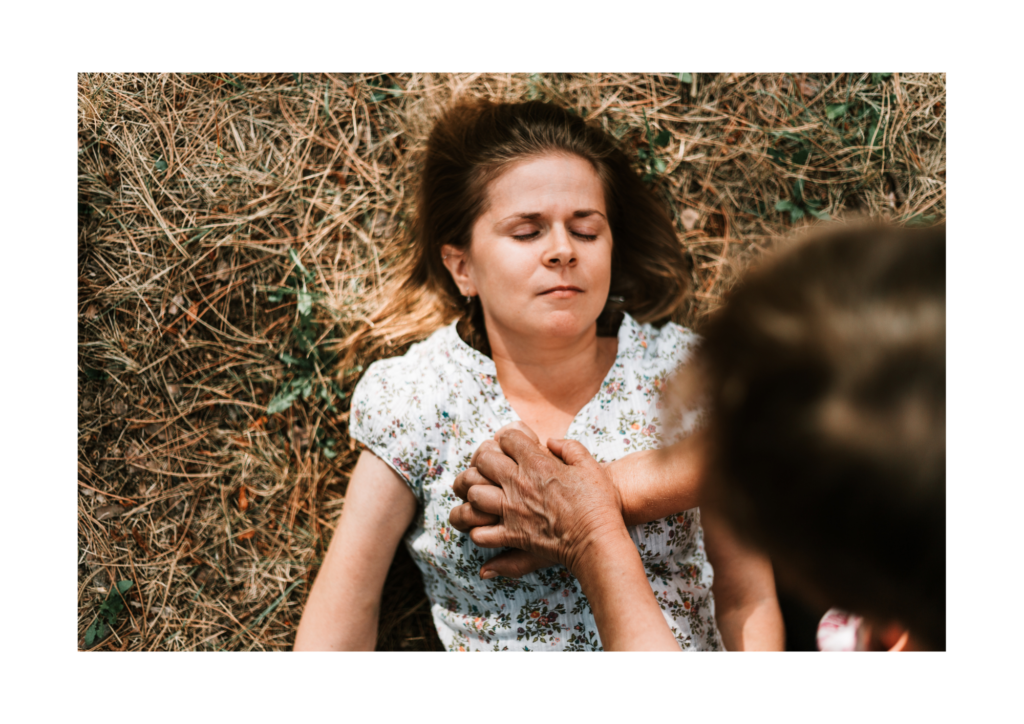
What can we do to address the issues surrounding cardiac arrest in women?
As well as raising awareness of the facts surrounding cardiac arrest in women, it’s important that we empower ourselves with the confidence to step forwards. For some people, the fear of getting it wrong or getting into trouble can hold them back. Without bystander intervention there is little to no chance of survival, we can’t make the situation worse by stepping forwards to help. Some people also report that they are worried that there will later be consequences for touching a woman’s body. In this case, we are attempting to save a life and we are protected by the law. The Social Action, Responsibility and Heroism (SARAH) Act 2015 is a piece of legislation in the United Kingdom aimed at providing legal protection to individuals who act heroically to help others in emergency situations. The act aims to reassure individuals that they will not be held liable for negligence if they intervene in good faith to help others in distress, provided they act reasonably and in accordance with their skills and knowledge at the time. It emphasises the importance of encouraging acts of heroism and social responsibility without the fear of legal repercussions.
The Importance of First Aid Training:
Raising awareness about the gender disparities in cardiac arrest survival rates is essential for promoting early recognition and prompt intervention. In our first aid training we tackle the issues that lie behind these fears in the hope that we may alter public perception. Arming first aiders with accurate information surrounding cardiac arrest in women is important, in order to overcome the fear and hesitation they may face when confronted with this situation. As well as open discussion to highlight the issues, we provide a female CPR manikin for our students to practice their technique. Students report that this really helps them to overcome their fears and increase their confidence to step forward and save a life, whether the casualty is male or female. They leave their training feeling empowered and prepared to effectively manage a cardiac arrest incident in a woman.
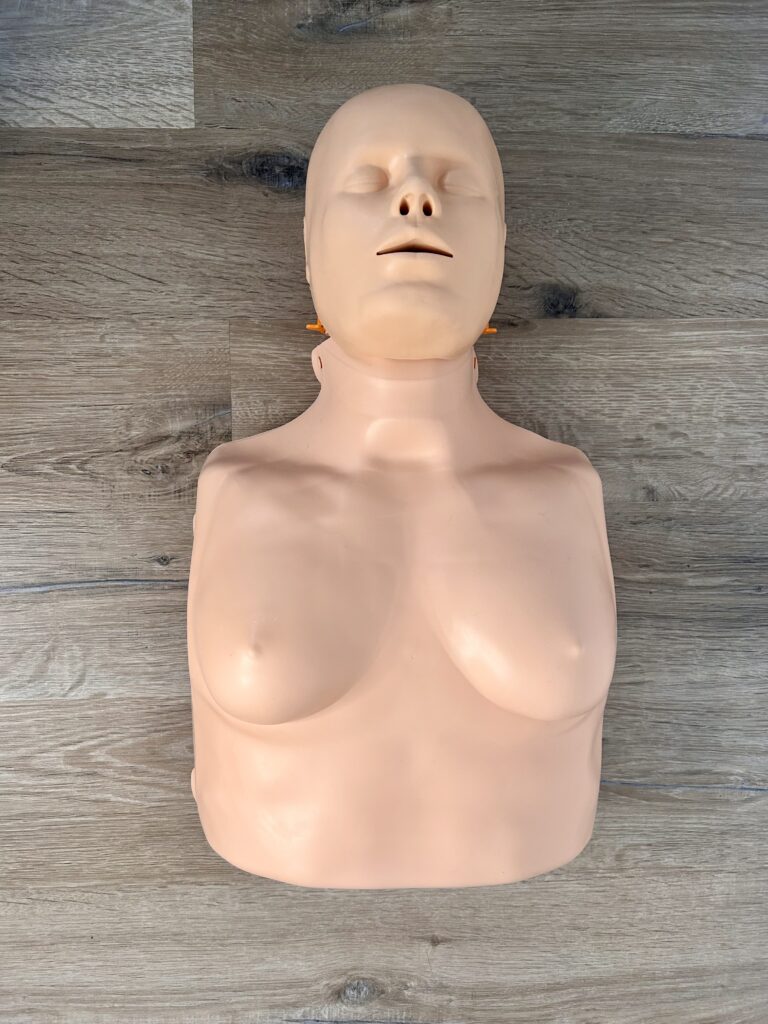
Remember, every second counts in a cardiac arrest situation. Empower yourself with knowledge and the skills to act decisively and save lives. If you would like to learn more about the first aid training courses we offer here at First Class First Aid Ltd, we’d love to hear from you!

